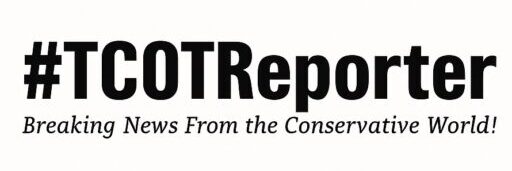Inside the “State-Table” Machine That De-Duplicates Outreach and Supercharges Turnout
If you’ve ever wondered why progressive voter-contact efforts feel wall-to-wall while everyone else looks episodic, meet the state-table model. The idea is deceptively simple: put every major progressive player in a state—labor, civil-rights, environmental, student groups, issue nonprofits—around one coordination “table,” then share targeting, calendars, resources, and data so the work doesn’t collide. No triple-knocking the same door, no five robo-calls to one household, no eight “urgent” emails in a day to the same voter. It’s industrial-grade de-duplication.
America Votes is the hub that operationalizes it. Think of it as a clearinghouse for turnout: a year-round backbone that (1) sets priorities, (2) rationalizes lists, (3) aligns scripts and canvass windows, and (4) routes money, volunteers, and attention where they’ll matter most. Campaigns come and go; the state table stays. That permanence is the asymmetry.
How the state table works (in practice, not theory)
- Unified targeting. Partners pull from a common understanding of who’s persuadable vs. who needs ballot-return help vs. who’s off-the-rolls and must be re-registered. One map, many hands.
- Calendar discipline. Phonebanks don’t cannibalize door shifts. College drives don’t collide with union GOTV weekends. The cadence is orchestrated.
- Script & message harmonization. Each group keeps its brand voice, but the ask, cadence, and timing are standardized so voters hear a consistent call-to-action (not eight mixed messages about five different priorities).
- Data backhaul. Who answered the door, what was said, what issue moved them, whether they need a mail-ballot cure text—captured and fed upstream. The table decides how that intelligence is re-deployed, fast.
- Rapid rule-change response. If a court shifts a mail-ballot date requirement on Tuesday, the table has county-by-county cure ops spinning by Wednesday. Legal change → field activation in one hop.
This is not a one-cycle trick. It’s institutional memory. Volunteers trained in 2022 return in 2024 with better lists and cleaner scripts; county lead lists get refined; the “who actually answers their door on Tuesdays” heuristics survive staff turnover. That is the advantage a permanent hub buys you.
Why it outperforms campaign-centric models
Campaigns are sprints; state tables are factories. Sprints hemorrhage institutional knowledge after Election Day. Factories don’t. The table already knows which counties choke on provisional ballots, which campuses need translators, which apartment complexes lock exterior doors after 6 p.m. The next cycle starts on Day 1 with last cycle’s playbook—iterated, not reinvented.
And because the table covers issue orgs + civic orgs + partisan arms, the ecosystem can shift weight quickly. If a drop-box rule tightens, voter-education orgs adjust collateral while legal affiliates challenge the implementation and partner coalitions re-route rides-to-the-polls. It’s a mesh network, not a single point of failure.
The “efficiency dividend”
The public sees “58 million doors knocked” style numbers in big cycles and assumes scale equals chaos. The table turns scale into efficiency:
- Household de-duplication raises the quality of each contact (fewer annoyed voters → more persuasion and cures).
- Cross-org specialization (students register students; union halls turn out union households; community orgs handle language-access precincts) puts the right messenger on the right door.
- Inventory management (rides, poll observers, ballot-cure volunteers) moves like logistics, not vibes.
Weak spots (and why they matter)
It’s not invincible. State tables are only as good as:
- Data hygiene. Bad ingest means misfires: wrong apartments, wrong languages, wrong ballot-cure windows.
- Partner discipline. A few big brands can bully the calendar or hoard lists if the table chair is weak.
- Comms drift. If national messaging veers into culture-war potholes, local trust can evaporate fast.
But even with those, the structure itself compounds. Every cycle that the table survives, it gets cheaper to be effective.
What a counter-model would require
For anyone trying to match it (or beat it), you don’t start with “more volunteers.” You start with a back-bone:
- A standing state coordinator with budget authority.
- Shared data standards and a neutral “referee” to enforce de-duplication.
- Clear division of labor by org competency (not ego).
- A legal liaison so field ops can pivot when rules change mid-cycle.
- A 365-day cadence: off-year municipal races as training reps; not dead air.
Absent that spine, you’ll get activity without architecture. And in close states, architecture wins.
Citations
- Insurrection Barbie – “The 2026 Ballot Wars” (Oct 2025)
- America Votes – “Our Work” (Accessed Nov 2025)

